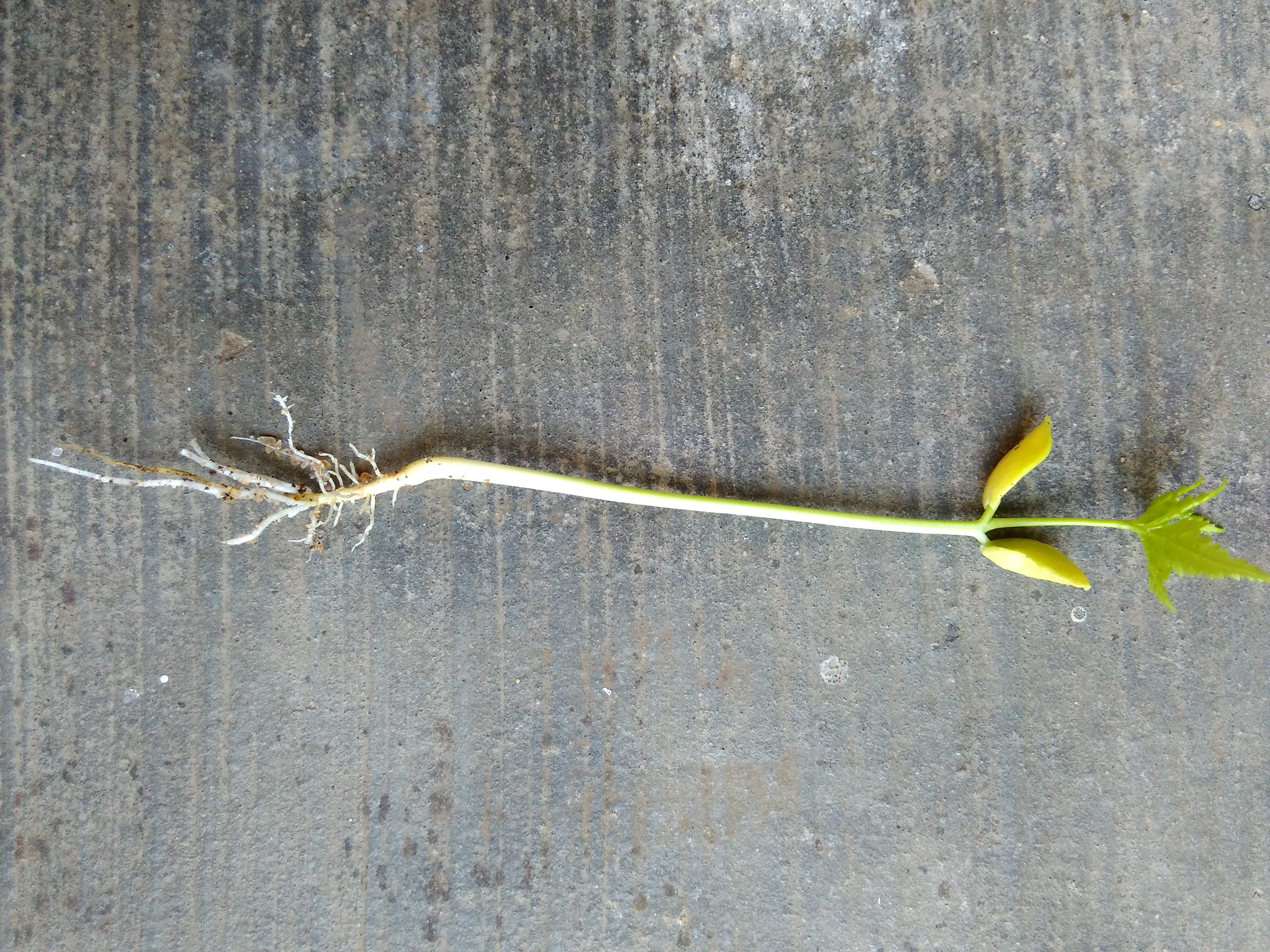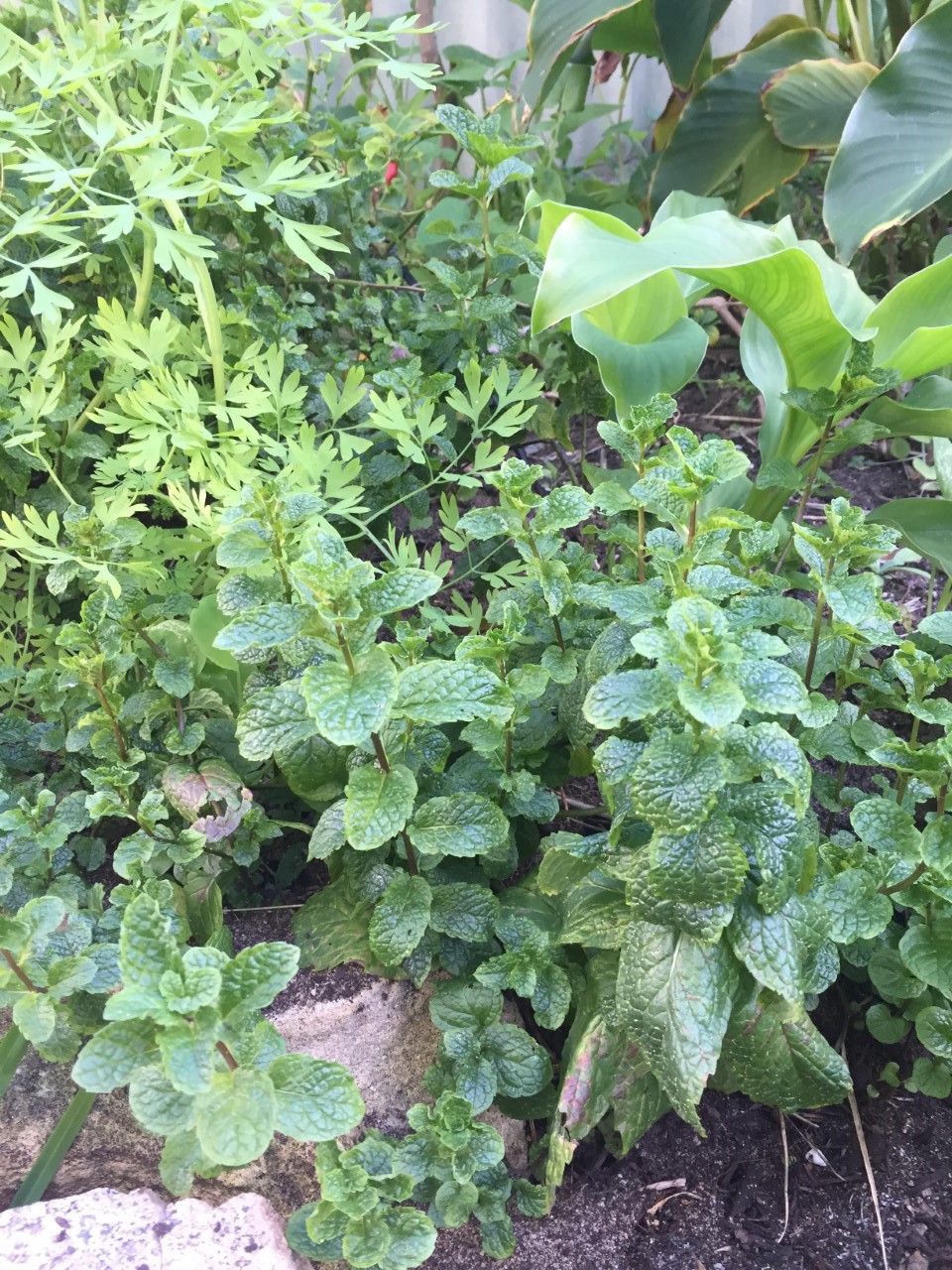|
Rumex Utahensis
''Rumex utahensis'' is a flowering plant species in the family Polygonaceae. The common name for this species is Utah dock. It is a dicot, perennial herb that is native to the United States, growing only in the West. Description ''Rumex utahensis'' is a dicot, perennial, hairless herb with stems that erect and commonly produce axillary shoots below proximal inflorescence. The blades of the leaves are linear to lanceolate, which are 6-15 cm and 2-3 cm wide. The pedicels are usually coupled near base, thread-like but thickened distally and joints are evidently swollen. Flowers are 10-25 in whorls with inner perianth lobes that are 2.5-3 mm × 2.5-3 mm wide. The base of the tepals are truncate. The achenes or fruit of the plant are dark reddish-brown or almost black. Distribution ''Rumex utahensis'' occurs in the Western United States: California, Colorado, Idaho, Montana, Nevada, Oregon, Utah, and Wyoming. It can be found distributed in rivers, streams, wet meadow A wet meadow ... [...More Info...] [...Related Items...] OR: [Wikipedia] [Google] [Baidu] |
Flowering Plant
Flowering plants are plants that bear flowers and fruits, and form the clade Angiospermae (). The term angiosperm is derived from the Ancient Greek, Greek words (; 'container, vessel') and (; 'seed'), meaning that the seeds are enclosed within a fruit. The group was formerly called Magnoliophyta. Angiosperms are by far the most diverse group of Embryophyte, land plants with 64 Order (biology), orders, 416 Family (biology), families, approximately 13,000 known Genus, genera and 300,000 known species. They include all forbs (flowering plants without a woody Plant stem, stem), grasses and grass-like plants, a vast majority of broad-leaved trees, shrubs and vines, and most aquatic plants. Angiosperms are distinguished from the other major seed plant clade, the gymnosperms, by having flowers, xylem consisting of vessel elements instead of tracheids, endosperm within their seeds, and fruits that completely envelop the seeds. The ancestors of flowering plants diverged from the commo ... [...More Info...] [...Related Items...] OR: [Wikipedia] [Google] [Baidu] |
Polygonaceae
The Polygonaceae are a Family (biology), family of flowering plants known Common name, informally as the knotweed family or smartweed—buckwheat family in the United States. The Botanical name, name is Basionym, based on the genus ''Polygonum'', and was first used by Antoine Laurent de Jussieu in 1789 in his book, ''Genera Plantarum''.Antoine Laurent de Jussieu. 1789. ''Genera plantarum: secundum ordines naturales disposita, juxta methodum in Horto regio parisiensi exaratam''. page 82. Herrisant and Barrois: Paris, France. (see ''External links'' below) The name may refer to the many swollen Node (botany), nodes the stems of some species have, being Etymology, derived from Greek language, Greek ( meaning and meaning or ). Alternatively, it may have a different origin, meaning 'many seeds'. The Polygonaceae comprise about 1200 speciesDavid J. Mabberley. 2008. ''Mabberley's Plant-Book'' third edition (2008). Cambridge University Press: UK. distributed into about 48 genera. The l ... [...More Info...] [...Related Items...] OR: [Wikipedia] [Google] [Baidu] |
Dicotyledon
The dicotyledons, also known as dicots (or, more rarely, dicotyls), are one of the two groups into which all the flowering plants (angiosperms) were formerly divided. The name refers to one of the typical characteristics of the group: namely, that the seed has two embryonic leaves or cotyledons. There are around 200,000 species within this group. The other group of flowering plants were called monocotyledons (or monocots), typically each having one cotyledon. Historically, these two groups formed the two divisions of the flowering plants. Largely from the 1990s onwards, molecular phylogenetic research confirmed what had already been suspected: that dicotyledons are not a group made up of all the descendants of a common ancestor (i.e., they are not a monophyletic group). Rather, a number of lineages, such as the magnoliids and groups now collectively known as the basal angiosperms, diverged earlier than the monocots did; in other words, monocots evolved from within the ... [...More Info...] [...Related Items...] OR: [Wikipedia] [Google] [Baidu] |
Perennial
In horticulture, the term perennial ('' per-'' + '' -ennial'', "through the year") is used to differentiate a plant from shorter-lived annuals and biennials. It has thus been defined as a plant that lives more than 2 years. The term is also loosely used to distinguish plants with little or no woody growth (secondary growth in girth) from trees and shrubs, which are also technically ''perennials''. Notably, it is estimated that 94% of plant species fall under the category of perennials, underscoring the prevalence of plants with lifespans exceeding two years in the botanical world. Perennials (especially small flowering plants) that grow and bloom over the spring and summer, die back every autumn and winter, and then return in the spring from their rootstock or other overwintering structure, are known as herbaceous perennials. However, depending on the rigours of the local climate (temperature, moisture, organic content in the soil, microorganisms), a plant that is a peren ... [...More Info...] [...Related Items...] OR: [Wikipedia] [Google] [Baidu] |
Herb
Herbs are a widely distributed and widespread group of plants, excluding vegetables, with savory or aromatic properties that are used for flavoring and garnishing food, for medicinal purposes, or for fragrances. Culinary use typically distinguishes herbs from spices. ''Herbs'' generally refers to the leafy green or flowering parts of a plant (either fresh or dried), while ''spices'' are usually dried and produced from other parts of the plant, including seeds, bark, roots and fruits. Herbs have a variety of uses including culinary, medicinal, aromatic and in some cases, spiritual. General usage of the term "herb" differs between culinary herbs and medicinal herbs; in medicinal or spiritual use, any parts of the plant might be considered "herbs", including leaves, roots, flowers, seeds, root bark, inner bark (and cambium), resin and pericarp. The word "herb" is pronounced in Commonwealth English, but is standard among American English speakers as well as those from regio ... [...More Info...] [...Related Items...] OR: [Wikipedia] [Google] [Baidu] |
United States
The United States of America (USA), also known as the United States (U.S.) or America, is a country primarily located in North America. It is a federal republic of 50 U.S. state, states and a federal capital district, Washington, D.C. The 48 contiguous states border Canada to the north and Mexico to the south, with the semi-exclave of Alaska in the northwest and the archipelago of Hawaii in the Pacific Ocean. The United States asserts sovereignty over five Territories of the United States, major island territories and United States Minor Outlying Islands, various uninhabited islands in Oceania and the Caribbean. It is a megadiverse country, with the world's List of countries and dependencies by area, third-largest land area and List of countries and dependencies by population, third-largest population, exceeding 340 million. Its three Metropolitan statistical areas by population, largest metropolitan areas are New York metropolitan area, New York, Greater Los Angeles, Los Angel ... [...More Info...] [...Related Items...] OR: [Wikipedia] [Google] [Baidu] |
Inflorescence
In botany, an inflorescence is a group or cluster of flowers arranged on a plant's Plant stem, stem that is composed of a main branch or a system of branches. An inflorescence is categorized on the basis of the arrangement of flowers on a main axis (Peduncle (botany), peduncle) and by the timing of its flowering (determinate and indeterminate). Morphology (biology), Morphologically, an inflorescence is the modified part of the Shoot (botany), shoot of spermatophyte, seed plants where flowers are formed on the axis of a plant. The modifications can involve the length and the nature of the internode (botany), internodes and the phyllotaxis, as well as variations in the proportions, compressions, swellings, adnations, connations and reduction of main and secondary axes. One can also define an inflorescence as the reproductive portion of a plant that bears a cluster of flowers in a specific pattern. General characteristics Inflorescences are described by many different charact ... [...More Info...] [...Related Items...] OR: [Wikipedia] [Google] [Baidu] |
Pedicel (botany)
In botany, a pedicel is a stem that attaches a single flower to the inflorescence. Such inflorescences are described as ''pedicellate''. The stalk at the base of a leaf is called a petiole. Description Pedicel refers to a structure connecting a single flower to its inflorescence. In the absence of a pedicel, the flowers are described as sessile. Pedicel is also applied to the stem of the infructescence. The word "pedicel" is derived from the Latin ''pediculus'', meaning "little foot". The stem or branch from the main stem of the inflorescence that holds a group of pedicels is called a peduncle. A pedicel may be associated with a bract or bracts. In cultivation In Halloween types of pumpkin A pumpkin is a cultivar, cultivated winter squash in the genus ''Cucurbita''. The term is most commonly applied to round, orange-colored squash varieties, but does not possess a scientific definition. It may be used in reference to many dif ... or squash plants, the shape o ... [...More Info...] [...Related Items...] OR: [Wikipedia] [Google] [Baidu] |
Wet Meadow
A wet meadow is a type of wetland with soils that are Solubility, saturated for part or all of the growing season which prevents the growth of trees and brush. Debate exists whether a wet meadow is a type of marsh or a completely separate type of wetland. Wet prairies and wet savannas are hydrologically similar. Hydrology and ecology Wet meadows may occur because of restricted drainage or the receipt of large amounts of water from rain or melted snow. They may also occur in riparian zones and around the shores of large lakes. Unlike a marsh or swamp, a wet meadow does not have standing water present except for brief to moderate periods during the growing season. Instead, the ground in a wet meadow fluctuates between brief periods of Flood, inundation and longer periods of Hydric soil, saturation. Wet meadows often have large numbers of wetland plant species, which frequently survive as buried seeds during dry periods, and then regenerate after flooding. Wet meadows therefore do ... [...More Info...] [...Related Items...] OR: [Wikipedia] [Google] [Baidu] |



